Durable Medical Equipment (DME) Guide
For Individuals Living With Duchenne Muscular Dystrophy

Dear Families and Caregivers,
CureDuchenne was founded on one mission, to cure Duchenne muscular dystrophy. Along our organization’s journey, we have been fortunate enough to cultivate a community that has continued to support not only our mission, but one another as well. We will continue to make strides to ensure quality of life for all those living with Duchenne all the while continuing to fight until a cure is found.
This Durable Medical Equipment (DME) Guide has been developed to provide families and caregivers with a comprehensive resource of equipment beneficial for individuals living with Duchenne. As the progression of this disease begins to rob individuals of muscle strength and ambulation, mobility equipment can offer realistic means with which to maintain active participation in activities of daily living and preserve as much independence as possible. While parents and caregivers are determined to find the equipment that will help keep their loved ones active in any way possible, we are determined to help them make the best decision(s) by providing them with all the resources they need in one place. This is a fluid online resource which will be updated continually to provide current information on equipment utilized by individuals living with Duchenne.
CureDuchenne is dedicated to foster hope and empower individuals living with Duchenne and their families.
Let’s Cure Duchenne!

Debra Miller
CureDuchenne Founder and CEO
Disclaimer: All devices shown require individual, professional, and medical guidance for proper fit, safety, and appropriate instruction and use.
Table of Contents
- RESPIRATORY DEVICES
- HANDOUTS, LITERATURE, ORGANIZATIONS
- “5 Easy Tips For Choosing ADA Compliant Toilets” By Heather Mahr
- Breathe Easier: A Patient Guide to Ventilation Therapy – Philips Respironics
- Caring For Yourself While Caring For Others By CDC
- Easy Stand Assist, Equipment Justification
- One Way Valve Exercises By Dr. Swanani, Pulmonologist, CCHMC
- Patient Lifts Safety Guide By FDA
- Rehabilitation Engineering & Assistive Technology Society (RESNA)
- VIDEO COLLECTION
- ACKNOWLEDGMENTS
1. Mobility Devices
Adaptive Strollers
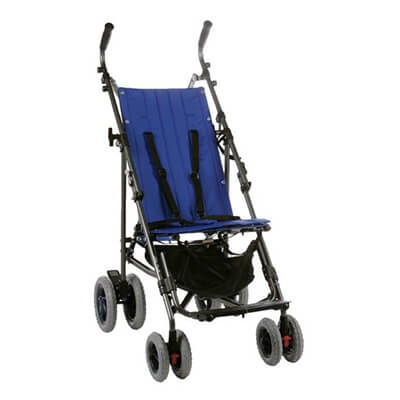
Manual Wheelchairs
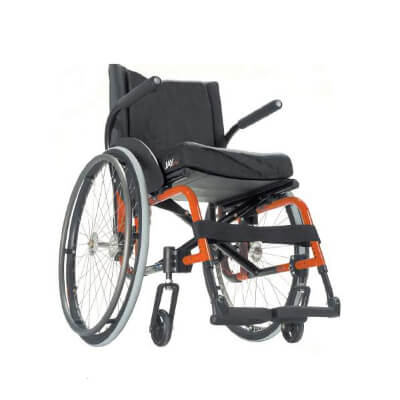
Power Assist / Wheel Systems

Power Wheelchairs
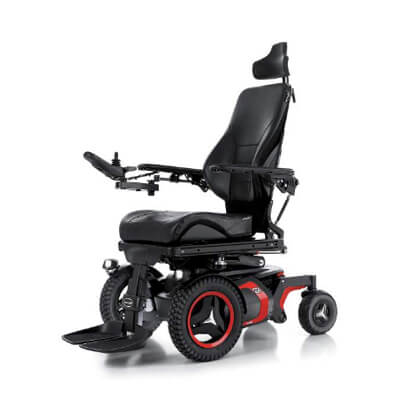
Portable Power Wheelchairs

Scooters

Seating Systems
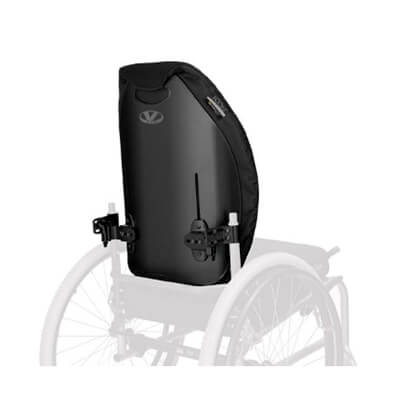
Standers
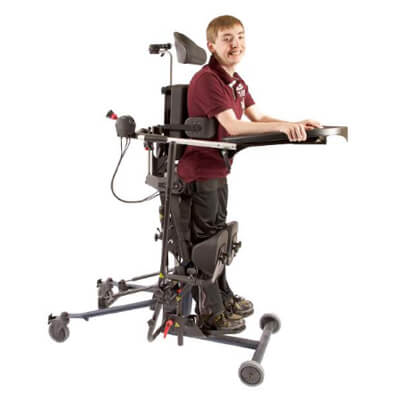
Vehicle Conversions
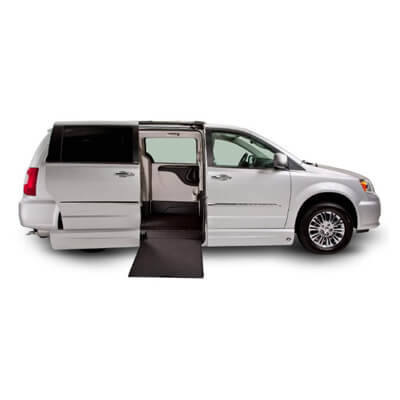
2. Orthoses
Ankle Foot Orthoses
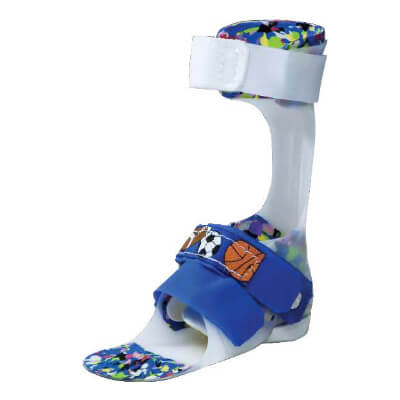
Resting Hand Splints

Upper Extremity Assist
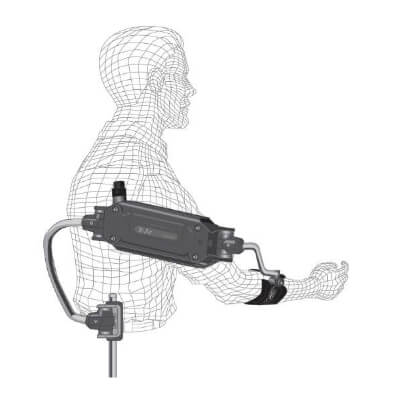
3. Home Equipment
Bathing / Toilet Aids
Adapted Toilet Systems
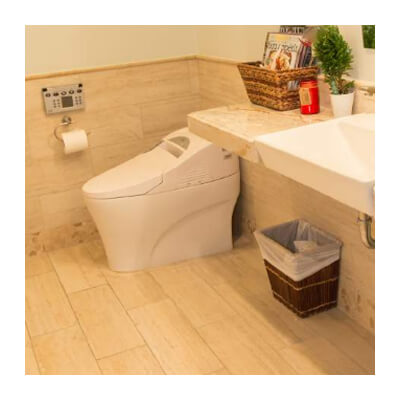
Handheld Shower Spray
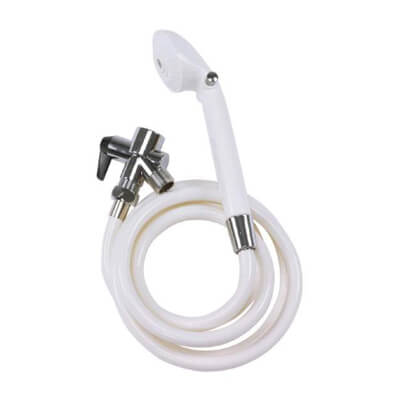
Padded Transfer Bench
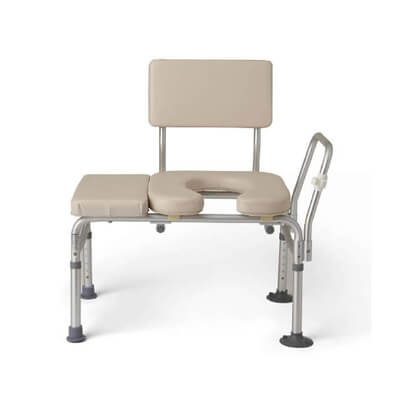
Showerbuddy For The Shower
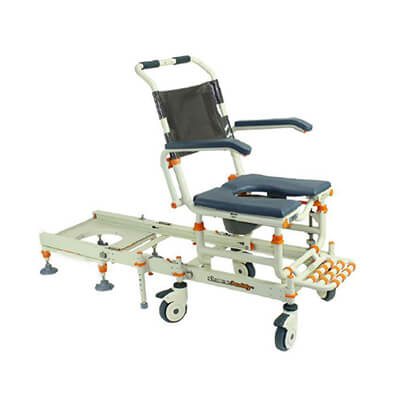
Tilt-in Space Shower Chair
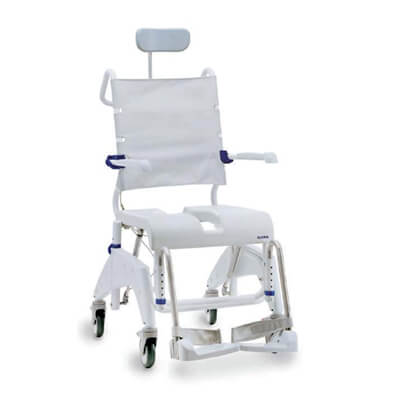
Tubbuddy For The Bath
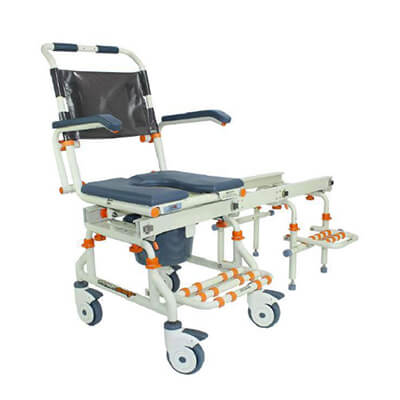
Transfer Devices
Electric Patient lift

Fixed Ceiling Lift Track System
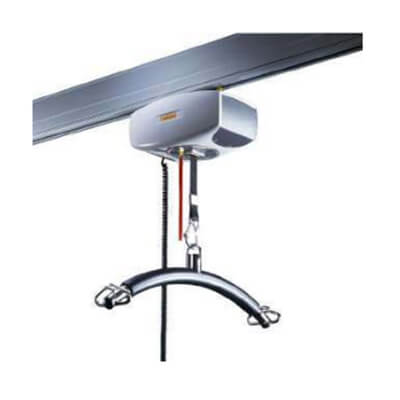
Gait Belt

Manual Patient Lift
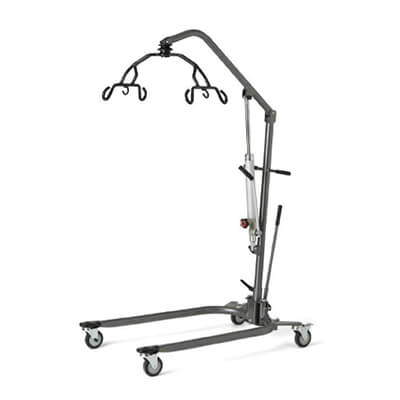
Portable Ceiling Lift

Sling With Head Support
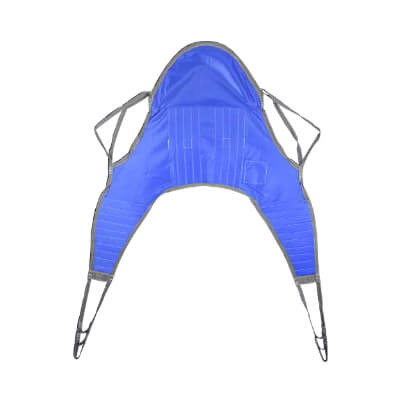
Transfer Board
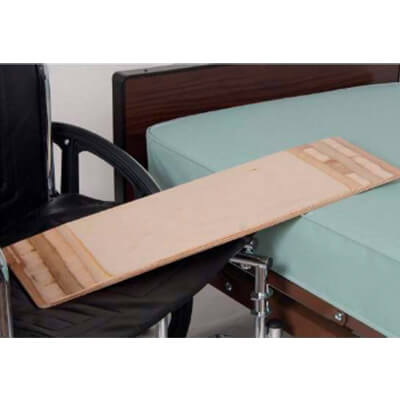
Bedding
Hospital Bed
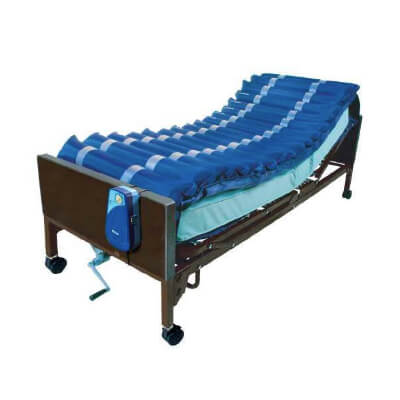
4. Respiratory Devices
Non-Invasive Ventilation
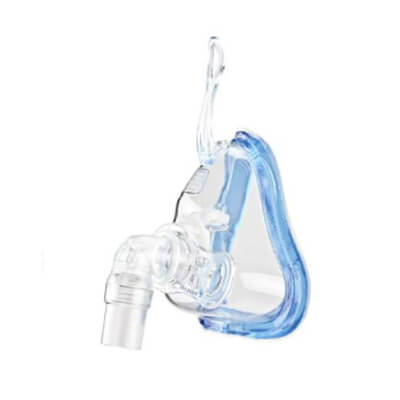
One-Way Valve
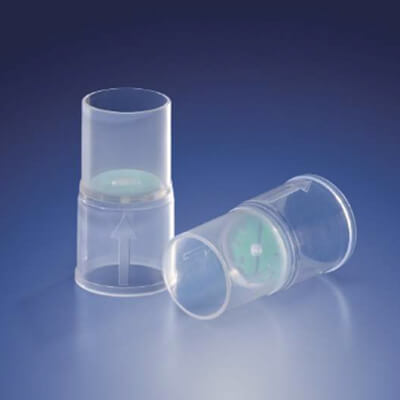
Cough Assist
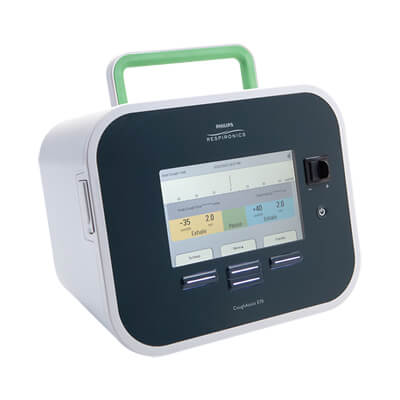
Vibration Vest
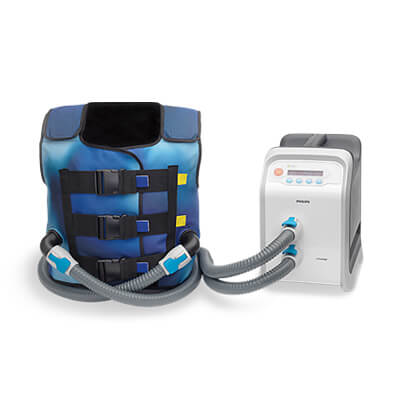
Multi-Function Ventilator

5. HANDOUTS, LITERATURE, ORGANIZATIONS
“5 Easy Tips for Choosing ADA Compliant Toilets” written by Heather Mahr, 2/7/2017
No bathroom is complete without the right toilet. The Americans with Disabilities Act, or ADA, regulates almost every specification in a bathroom, including toilet dimensions and installation, to ensure accessibility to all people. Use these tips to help you find the right ADA toilet to transform a regular commercial or residential bathroom into an ADA bathroom.
1. Check the height: Bring your measuring tape with you. Measure the toilet from the base of floor to the top of the seat. The top of the toilet bowl, with the toilet seat attached, must be between 17” – 19” after installation to comply with ADA regulations.
2. Give it space: Toilets with an undercut bowl are recommended by the ADA because of the requirement for toe clearance. The ADA specifies that there should be a gap of at least 9” beneath an element, such as a toilet, and the floor. The gap should extend at least 25” in depth. An undercut bowl is a bowl that has a gap between its bottom and the base of the toilet. This allows for more foot space and a clear path to increase accessibility.Pro tip: Opting for a wall-mounted toilet is an easy way of ensuring that there is more than enough room for toe clearance since the plumbing components are concealed behind the wall.
3. Read the label: Toilets labeled “comfortable height” or “chair height” are distinguished by having a higher seat measurement. This does not always mean the seat height is tall enough to meet ADA regulations. Some “comfortable height” toilet seat heights only measure to 16.5,” which doesn’t meet the minimum 17” height.Pro tip: Check the label to see if the toilet seat is included in the measurement of the toilet. Toilet bowls often come without the seat because they are an interchangeable element. If it’s not included, then adding the seat could bring the height to the ADA height requirement because most seats add at least 1” of height to the toilet bowl.
4. Flush it out: The flush control of a toilet needs to meet the standards for operating parts set by the ADA. This means that the flush controls need to stand no higher than 44” from the mounting surface and must be activated with less than 5 lbs of force and without twisting or straining your wrists. Most toilets that have a flush valve activated by a lever will meet less than 5 lbs of force, but some toilets that are activated by a flush button will not.
5. Location is key: Consider the placement of the toilet in relation to walls and barriers in the bathroom. With limited room, flush levers must function in a way where the user can easily flush the toilet based on the access point for the stall or room. If the right side of the toilet is against the bathroom wall or partition, then the toilet will have to have the flush control on the left side and vice versa. The flush control is required to be on the open side of the toilet.
Breathe Easier: A Patient Guide to Ventilation Therapy – Philips Respironics
Caring for Yourself While Caring for Others by Centers for Disease Control and Prevention (CDC), US
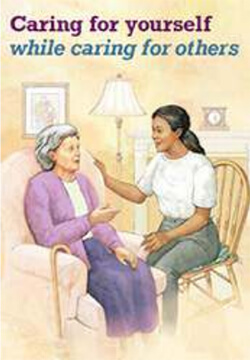
Easy Stand Assist with Equipment Justification
https://easystand.com/Funding/EasyStand-Funding-Guide-for-Standing-Devices.pdf
One Way Valve Exercises – Dr. Swanani, Pulmonary, Cincinnati Children’s Hospital & Medical Center
Please Note: This is just an example – follow guidelines set forth by your individual Health Care Team
Breath Stacking with a one-way valve is an exercise that may help keep the small air passages open or re-open them if they have become closed. This may help you get a big enough breath so that you can cough better to clear phlegm from your throat. If you find yourself exhaling through your nose, you can pinch your nose off during this to prevent air from escaping. This can be done in conjunction with coughing during the exhale to help remove secretions from the throat.
1. Sit on the edge of the bed or chair in an upright position. Relax your shoulders
2. Seal your mouth around the one-way valve with the arrow pointing toward you
3. Take in a normal breath and hold this breath for 1 second. DO NOT EXHALE
4. Take a second breath on top of the first breath and hold for 1 second. DO NOT EXHALE
5. Continue this until you cannot take in any further breaths and then remove the one-way valve and exhale
6. Repeat this exercise for 5-10 minutes, 1-2 times per day
Patient Lifts Safety Guide by the Food and Drug Administration (FDA), US
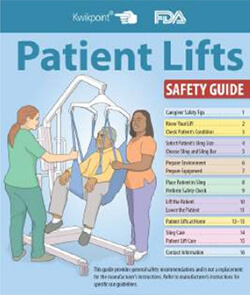
Rehabilitation Engineering & Assistive TechnologySociety (RESNA)
6. VIDEO COLLECTION
Abilities Expo Recap
Abilities Expo is where manufacturers and vendors demonstrate their latest innovations.
Advanced Power Wheelchair Options
Those with Duchenne may have increasing need to have complex technology integrated in to their power wheelchair to support their body properly and to maintain their ability to be independent with mobility and activities of daily living.
Ankle Mobility Management
Physical Therapy tips and tricks for those with Duchenne muscular Dystrophy. This video addresses management of ankle contractures with stretching, AFO night splints, serial casting and orthopedic surgery.
Equipment Options for Independent Lifestyles
Durable medical equipment helps individuals with Duchenne muscular dystrophy maintain independence throughout their lives. This video features Kevin Philips, ATP/SMS, from Access Medical.
Mobility Scooters
Duchenne education series by Duchenne Therapy Network and CureDuchenne. This episode explains the when, why and how of using mobility scooters for those with Duchenne muscular dystrophy.
Power Wheelchairs for Duchenne
Those with Duchenne muscular dystrophy have a lot of decisions to make regarding specialty equipment. Choosing the right power-wheelchair is very important.
Respiratory Health and Pulmonary Care – Dr. Michael Rovzar
Dr. Michael Rovzar from Paloma Medical Group presented during the CureDuchenne Cares Family Summit. His session discussed respiratory health, what to expect from your pulmonary care team, typical pulmonary tests and what the results mean.
Transferring Someone with Duchenne
For someone with Duchenne, moving from one position to another can become very difficult or impossible without the assistance of someone else or specialized equipment.
Wrist, Hand Orthosis (Brace)
Those with Duchenne muscular dystrophy can experience significant muscle stiffness and joint contractures in the wrist, hand and fingers. Wrist-Hand-Orthoses can be used to improve resting position, increase range of motion / flexibility and improve hand use.
7. ACKNOWLEDGEMENTS
Gratitude to the following individuals for their collaborative review, collection and reporting of the information within this DME Resource Guide:
Tiffany Cook, MS, CCC-SLP | Senior Director, CureDuchenne Cares | Duchenne Mom
CureDuchenne | Dallas, TX
Celeste Graham, PT | Chief, Occupational/Physical Therapy Services
County of San Diego | CA
Doug Levine, PT | Physical Therapy Course Instructor, CureDuchenne Cares
Growing Therapy Places | Austin, TX
Kevin Phillips ATP/CRTS, Rehab Mobility Equipment Specialist
Access Medical | CA
Michael Rovzar, MD, Pulmonary Medicine, Critical Care and Sleep Disorders
Paloma Medical Group | CA
Karen (Courtney) Shellenbarger, RN, APRN, CPNP, Division of Neurology
UMass | Worcester, MA
Hemant Swanani, MD, Pulmonary Medicine
Cincinnati Children’s Hospital Medical Center | Cincinnati, OH
Jennifer Wallace-Valdes, PT | Physical Therapy Program Director, CureDuchenne Cares
Duchenne Therapy Network | Los Angeles, CA

